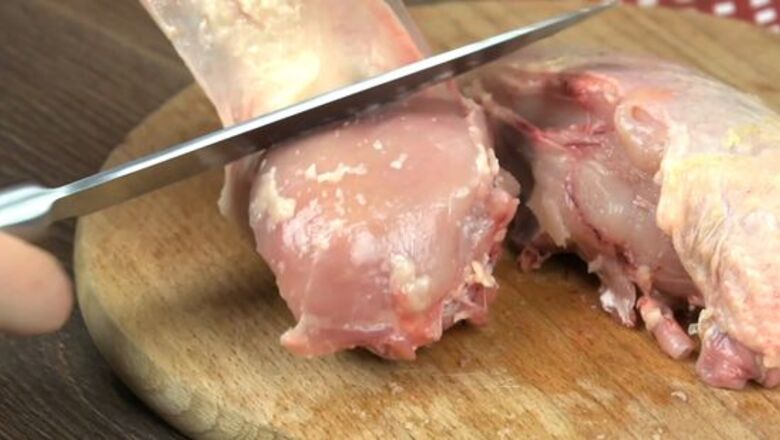
views
X
Trustworthy Source
American Kennel Club
The American Kennel Club (AKC) is a purebred dog pedigree registry in the United States. The AKC advocates for the responsible ownership of dogs and promotes purebred dog events, such as the Westminster Dog Show.
Go to source
What’s more, it’s an enticing dish for a dog that may not otherwise feel like eating. We’ll show you how to prepare it, and also how to incorporate it into your dog’s feeding schedule.
- Remove any skin, bones, and fat from a raw chicken breast or thigh, then boil the chicken in a pot on the stove for 20 minutes, or until it’s cooked through.
- Add 1 part white rice and 2 parts water to a pot and boil it on the stove for 10-15 minutes, until the rice is tender and the water is absorbed.
- Shred the chicken and serve it with the rice in a 1:2 ratio every 2 hours, offering your dog about ⅓ the amount of food that they usually eat.
Cooking the Chicken and Rice
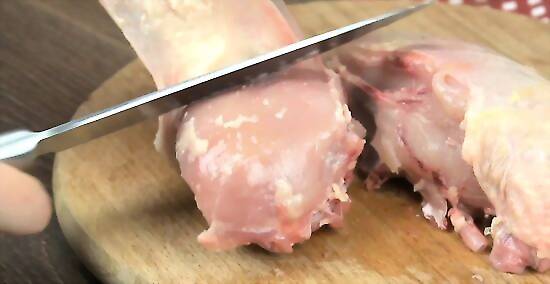
Cut the skin and fat off of the raw chicken. Ideally, use 1-2 boneless, skinless chicken thighs or breasts to make the process easier and skip the trimming. But if you’re using bone-in chicken or chicken with skin, first cut away and discard the skin and fat. You want only the bland meat, which is easiest on your dog’s stomach. Leave the bones in, then remove them after cooking. Or, debone the chicken now. Either option works. If possible, use a thigh or breast cut raised without hormones or additives to avoid feeding your dog extra toxins.
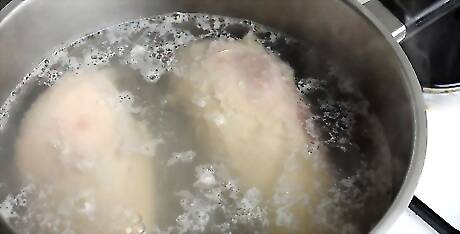
Place the chicken in a large pot of boiling water for 20 minutes. Fill a large pot with enough water to cover the chicken, then bring it to a boil over high heat. Reduce it to medium and place the entire chicken thigh or breast into the pot. Cook the chicken until the meat is fully white inside and a thermometer inserted into the meat reads 165 °F (74 °C)—about 15-20 minutes. If the chicken is not fully cooked, your dog could be at risk for increased diarrhea and vomiting due to the bacteria found in raw or undercooked chicken. Better to overcook it than undercook it.
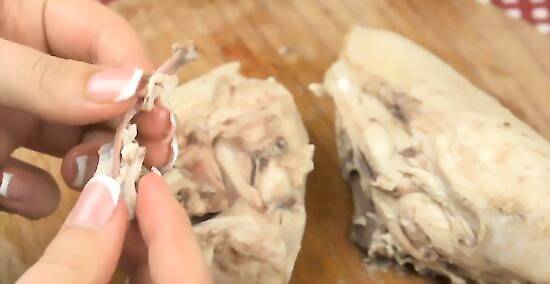
Remove the chicken from the pot and shred or slice it into chunks. To make the chicken easier to digest, use a fork to shred it, separating it from any bones, or use a knife to cut it into small chunks about 0.5–1 in (1.3–2.5 cm) large. Be sure to separate and safely discard any bones, since these can harm your dog’s digestive tract or further upset their stomach. Save 1–2 c (240–470 mL) of the boiled chicken water and feel free to add it to your dog’s meal later to make it more enticing.
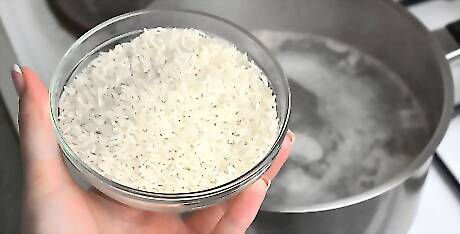
Rinse 1 cup (225g) of white rice 3 times under cool water. Measure out your rice and add it to a bowl. Then cover the rice with cool water and, with clean hands, mix and swirl the rice for 10-20 seconds. Carefully pour out the water, then add more and repeat the mixing until the water runs clear. This step helps remove excess starches and fiber from the rice. Unseasoned white rice is best for dogs with upset stomachs. Though it contains fewer nutrients than brown rice, it’s also much milder and more palatable. Brown rice also contains more fiber, and is harder for dogs to digest, which makes it less than ideal for a sick pup.
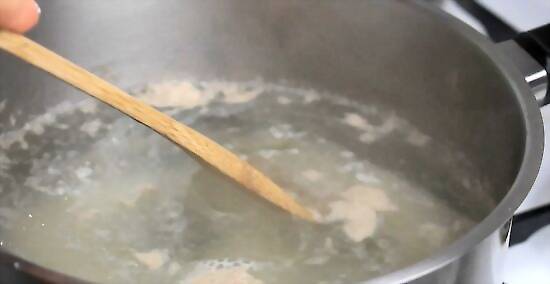
Boil the rice for 10 minutes in 2 c (470 mL) of water. Transfer the rice to a pot and add 2 parts of water to 1 part of rice. Bring the pot to a boil over medium heat, then reduce the heat to low. Cover the pot and cook the rice for 10 minutes, or until the water is absorbed and the rice is tender. After, fluff the rice with a fork and let it cool for 15-20 minutes.
Feeding your Dog
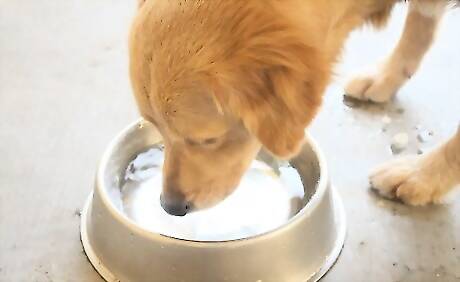
Withhold all food from a sick dog for 24 hours. If you’re caring for a sick dog with an upset stomach, it’s best not to feed a sick dog anything for a full day. It’s not fun for you or for them, but it gives their digestive system a chance to reset, and the problem may clear up with a little fasting. During this period, make sure your dog has clean water available at all times.

Offer your dog a small 2:1 mixture of cold rice and chicken every 2 hours. Offer your dog 2 parts of rice and 1 part of chicken, in small amounts, and in their regular dish. Start by giving them about ⅓ as much chicken and rice as their normal portion of dog food. Offer them a fresh portion every 2-3 hours. If your dog eats the full portion, give them a little more the next day, in fewer servings—aim for full portions at your dog’s regular mealtimes. Feel free to store extra or uneaten chicken and rice together in an airtight container in the fridge for 3-4 days, or in the freezer for 2-6 months.
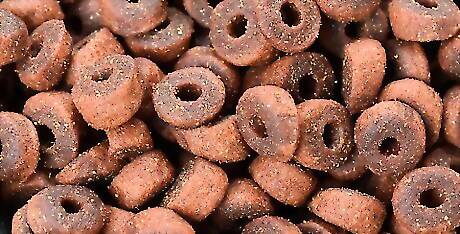
Start mixing in regular dog food once your dog has recovered. Once your dog has stopped vomiting or having diarrhea, substitute their usual dog food into the chicken and rice a little at a time. Start with a 1:4 ratio of kibble to chicken and rice, and increase the ratio over 4-5 days, until your dog is back on their normal diet. Be sure to consult your veterinarian about the transition back to normal food. Depending on the dog’s specific condition, you may need to feed the dog a chicken-and-rice diet longer than a few days.
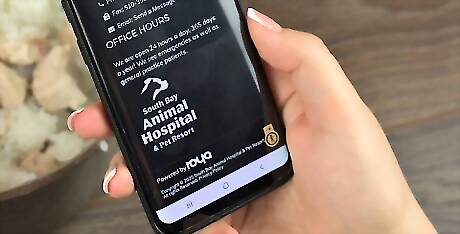
Call your veterinarian if the dog's symptoms don't improve after 2 days. The chicken-and-rice diet is a temporary at-home treatment that isn’t nutritionally complete. If your dog’s diarrhea is not cleared in the expected time frame given to you by your veterinarian, or persists for longer than 2 days, call your veterinarian immediately for a professional opinion. Your veterinarian will tell you if you need to bring your animal in for a recheck and may send home additional medication or give you some advice over the phone of what to do next, such as adding in canned pumpkin or other easy things to try.



















Comments
0 comment